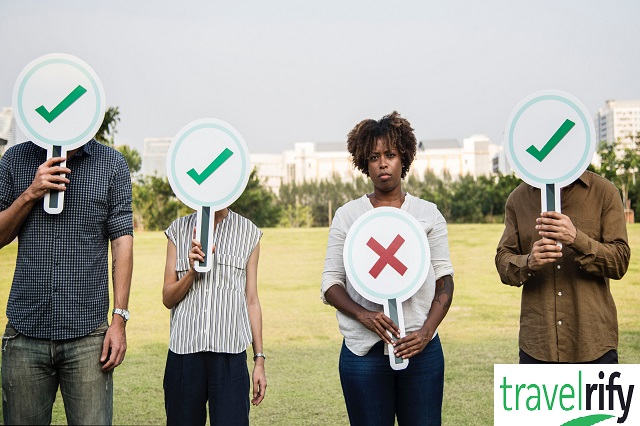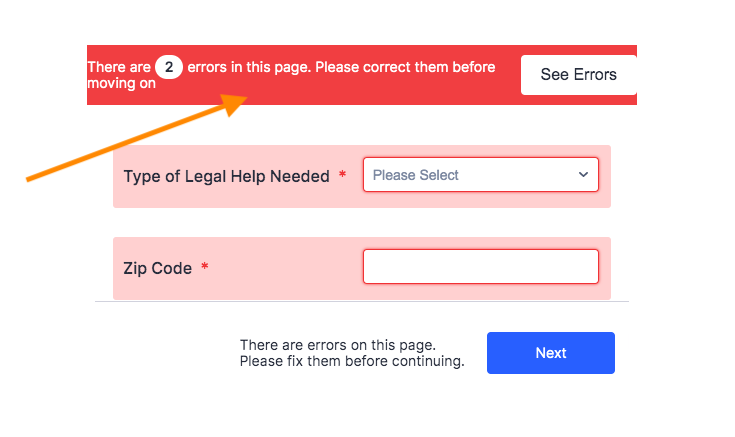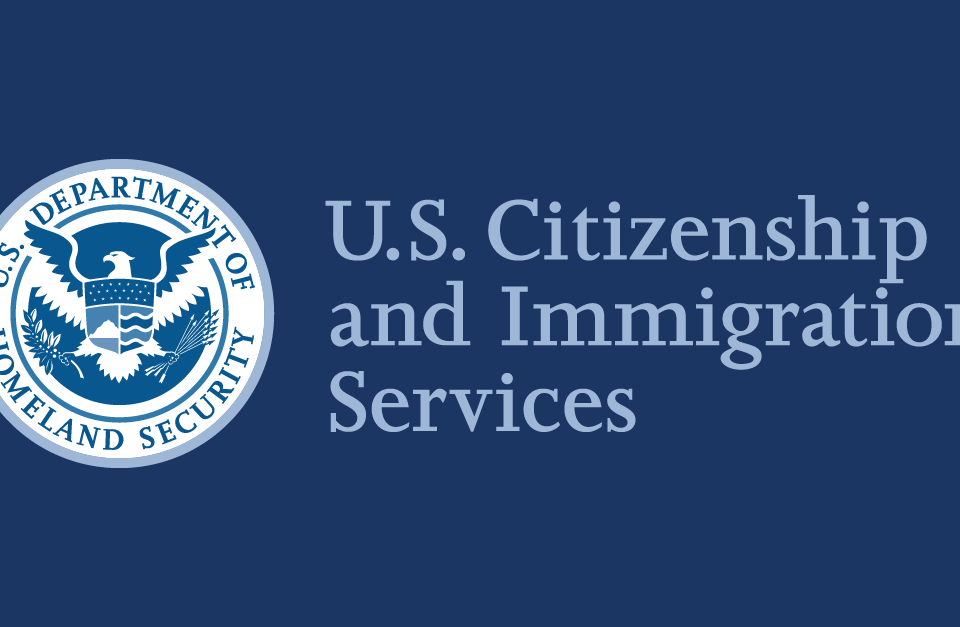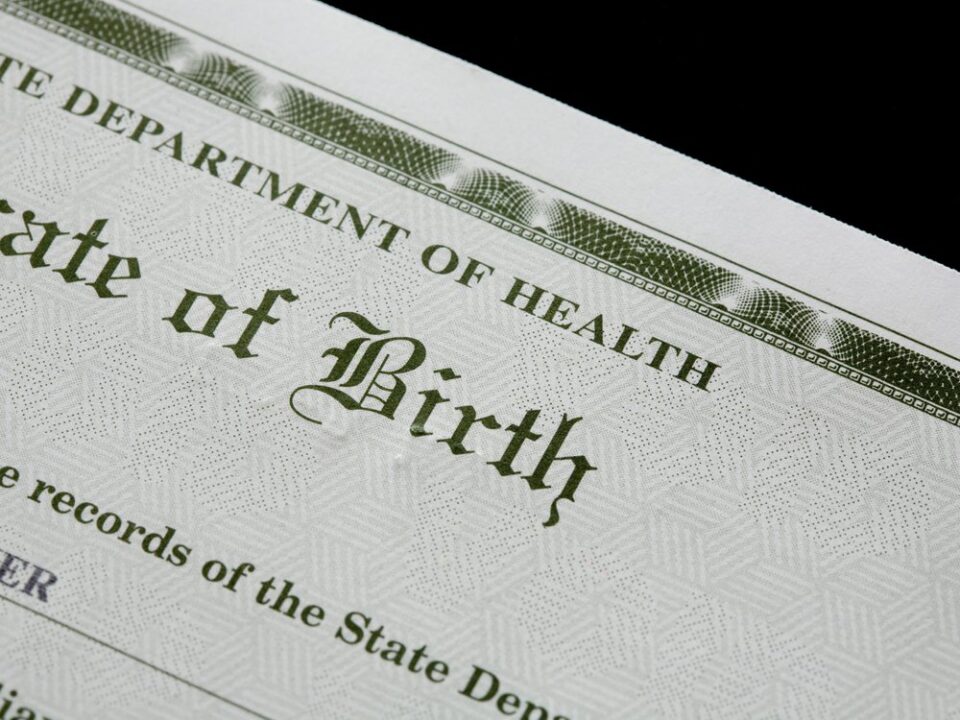
Understanding F1 (Student Visa) Application for Intending Students in the USA
July 27, 2019
2020 USA Student Visa Trends
January 9, 2020Each year, the US embassy receives hundreds of thousands of visa applications from people that intend to visit America for a temporary period for a variety of reasons, such as business, a short professional course/training, tourism, or pleasure. And a sizable percentage of these applications could be denied due to one reason or the other. A visitor visa can either be in category B-1 or B-2. In this post, we will take a look at things to avoid to ensure your US visitor visa application is approved.
Before we do that, let’s briefly elucidate what a B non-immigrant visa (B-1 and B-2) is.
Understanding B-1 and B-2 Visas
The B-1 temporary business visitor visa is a type of non-immigrant visa, which is reserved for persons seeking to travel to America for a temporary period to take part in business activity (either a commercial or professional). Examples of people that qualify for this B visa type are individuals who consult with business associates, people that want to participate in short term course or training, and persons that negotiate contracts, settle an estate. Others are businesspersons intending to take a trip to the US to conduct market research for a possible business venture, people that want to travel for a scientific, professional, or educational conference/business convention, and so on.
As for the B-2 temporary visitor visa, it‘s reserved for a person intending to travel to the US and stay for a temporary period for tourism, visitation, or pleasure. People that qualify for this visa type include tourists, persons seeking to visit relatives or friends, people traveling on health ground, amateur musicians, or artists. Others include sportspersons that want to partake in or attend events/contests which don’t come with any compensation, and individuals intending to enroll in a short recreational course of study, which won’t count for credit toward a degree. Both B-1 and B-2 temporary visitors are granted the same length of stay, 1–6 months.
5 Things That Could Lead to Visa Application Denial
Here are some mistakes and errors that can get your visitor visa application denied and how to avoid them:
Not Paying Strict Attention to the Visa Rules
To ensure your visitor visa application is approved, it is important to follow the rules to the letter. If you fail to do so, you’re taking chances. Consulates reject applications which don’t strictly abide with the visa rules. Even if they approve your visa, you may be required to supply additional documentation or even deny the visa, eventually.
For instance, if a visa is typically issued for 30 days, do not show a 45-day itinerary and request a 45-day visa.
Trying to Show a Long Itinerary
Always avoid showing a long itinerary; a 15-day itinerary or less is better. Anything beyond 15 days may lead to questions, like what you do you need that many days for ?. Also, if you present a long itinerary, you might be required to provide additional proofs, like no objection letter from your workplace, leave approval letter, or evidence of extra funds in your bank account.
All visas are normally granted based on the guidelines, so it does not matter the length of your itinerary (whether short or long), your visa will be issued to you for the stipulated number of days. Therefore, to avoid unnecessary questions and additional documentation, it is better to show a short itinerary.
For example, if according to the visa guidelines, a visa has a validity period of 3 months (90 days), which grants a 30-day entry. And let’s say, 15 days is your itinerary for the visa; you’ll still be issued a visa with 3-months (90-day) validity with a 30-day entry.
Don’t Show an Incomplete Itinerary
Consulates want a complete itinerary, which begins and ends in your home country/country of residence.
A complete itinerary looks like this: Home>Destination>Home or Home>Destination1>Destination2>Home. An example: Nigeria>India>Vietnam>Malaysia>Nigeria.
If you wish to take a multi-country trip, you will find it difficult holding or reserving the tickets for your whole trip. In such a scenario, you can consider reserving or holding flight tickets from your home country/country of residence for each of the destinations.
For instance, let’s say you are going on a trip in this manner, Brazil>India> Argentina>Chile>Brazil, and are submitting an application for Chile visa; you would find it easier to simply show an itinerary Brazil>Chile>Brazil for the Chile visa. You can also take the same step for your India visa by presenting an itinerary Brazil>India>Brazil.
Backing Your Visa Application with a Sponsor
If you’re using a sponsor, you should keep in mind that the weight of application rests hugely on the sponsor. Whether your visitor visa will be approved or not is totally dependent on your sponsor.
Factors like the sponsor’s legal status, track record, prior visa denials, tax obligations, and others will come into play here; and if you only know little things about your sponsor, you could be taking a risk.
It is better you apply for a visitor visa on your own; so long you’ve employment proof as well as sufficient funds in your bank account, you do not actually need a sponsor.
Need to process admission and get Visa to study abroad? Send us a message now!
info@travelrify.com
